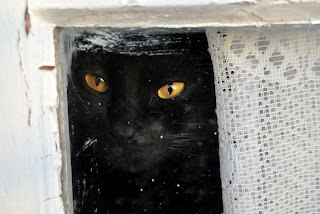FIFTY years ago the South African apartheid government tore out the soul of Cape Town when District Six, a multi-cultural and diverse racial community, found itself being declared a "white group area". On the slopes of Devil's Peak, and but a stone's throw from the city centre, some 60,000 people were homeless at the stroke of a bureaucrat's pen.
Too soon, the bulldozers moved in and people were forced to move to the sandy ghettoes of the Cape Flats as the old Victorian facades and cobbled streets tumbled into dust. The Cape Flats were more than 20 kms from the city and were a barren, windy wasteland. The salient question is whether the community has ever recovered, so psychologically devastating is forced removal and the loss of a home. Old people died from the grief and the stress of having to move from the place of their birth.
District Six is a memory for all those who've lost their homes, wherever they may be. The few buildings not destroyed were the churches and mosques, ghostly symbols clinging to the slopes of the mountain. The following is my journey through District Six's landscape and its few surviving pockets of humanity.
Too soon, the bulldozers moved in and people were forced to move to the sandy ghettoes of the Cape Flats as the old Victorian facades and cobbled streets tumbled into dust. The Cape Flats were more than 20 kms from the city and were a barren, windy wasteland. The salient question is whether the community has ever recovered, so psychologically devastating is forced removal and the loss of a home. Old people died from the grief and the stress of having to move from the place of their birth.
District Six is a memory for all those who've lost their homes, wherever they may be. The few buildings not destroyed were the churches and mosques, ghostly symbols clinging to the slopes of the mountain. The following is my journey through District Six's landscape and its few surviving pockets of humanity.
All Photos Copyright Shafiq Morton

















No comments:
Post a Comment